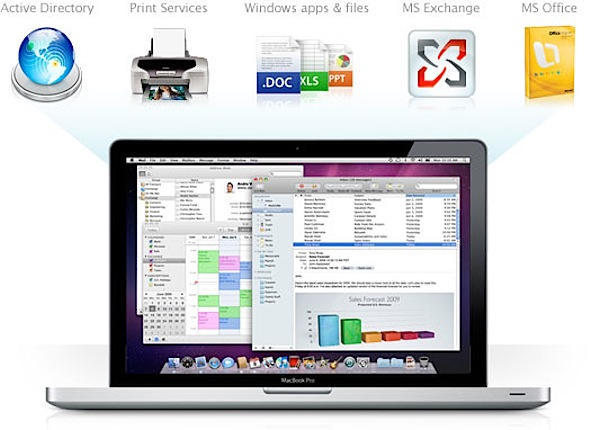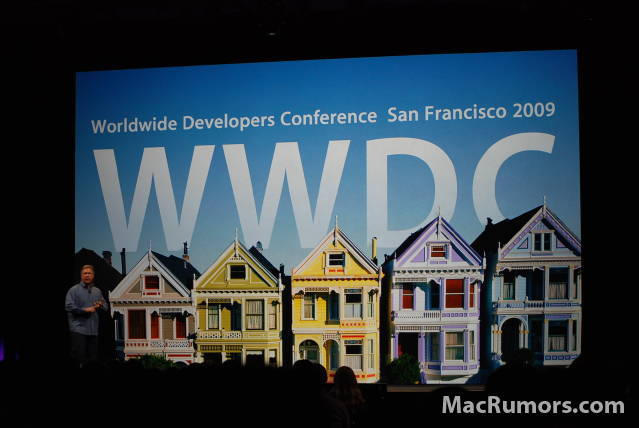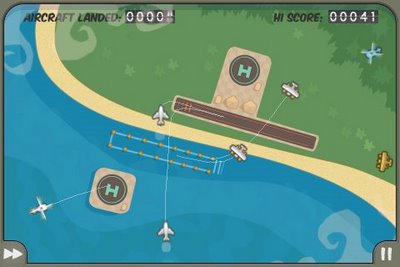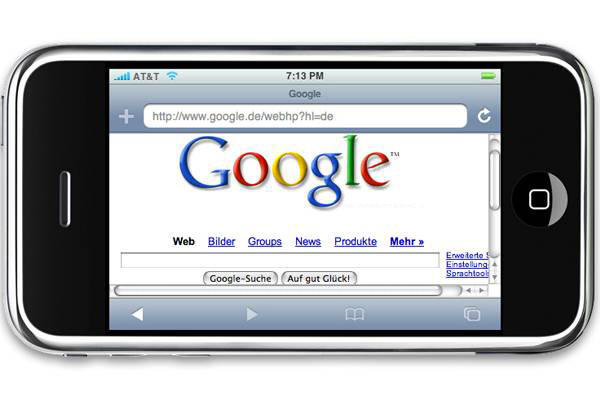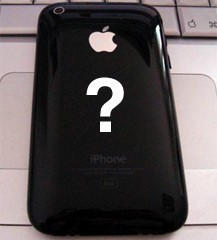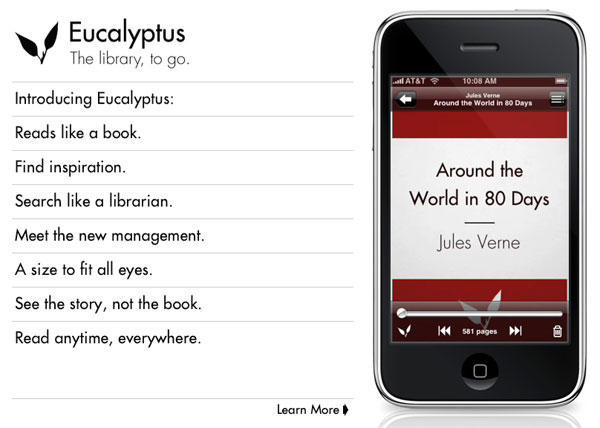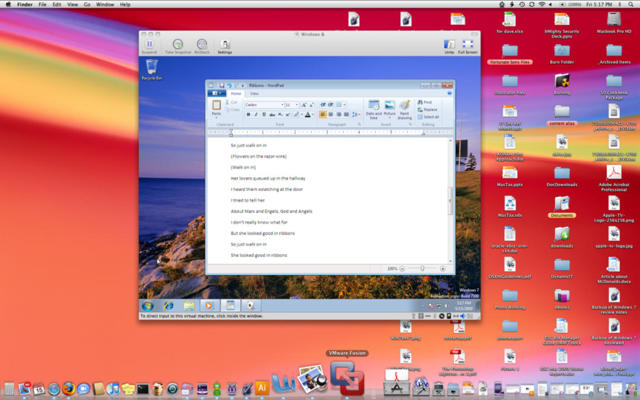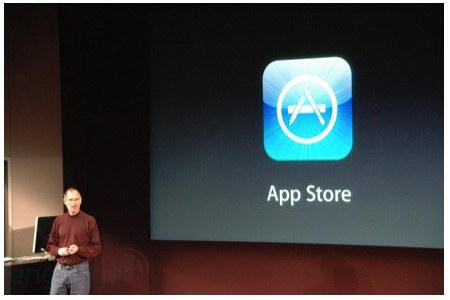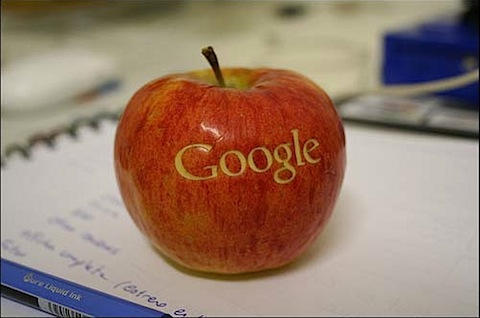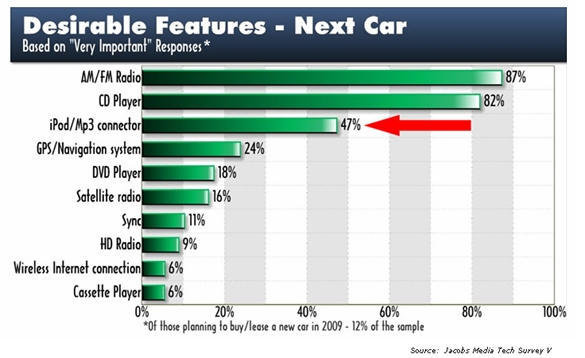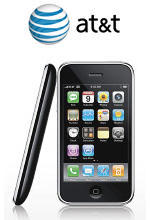Outside of the iPhone brouhaha, much of the buzz at WWDC today has been about whether the system-level support for Microsoft Exchange e-mail and calendaring in OS X Snow Leopard and various encryption options for Mac and iPhone would finally allow Apple to make serious in-roads in corporate America. Well, at least if corporate IT guys will give them a chance, that is.
In spite of Lonnie’s optimism, I think Apple is just as far today from mainstream adoption in big business as it was yesterday and pretty much every day of its entire history. As I’ve written before, the Steves founded Apple in large part because they thought that the IBMs and HPs of the world were holding back the potential of computers to transform our society.
Consequently, the organization’s entire self-image and frame of reference over time has been that big business is all too willing to adopt mediocre technologies based solely on a reputation for reliability. Macs have long provided superior tools for creative endeavors like graphic design and video editing, which is why Macs have a huge niche in corporate marketing departments, but the same can’t be said for other business pursuits.
Apple has a huge opportunity right now to make serious in-roads in the enterprise market while corporations resist upgrading to Windows Vista and don’t yet know whether or not they can trust Windows 7. But Apple won’t make big gains unless they take more drastic measures, three of which I outline below. Bear in mind, I’m not saying this is what Apple should do, just that this is what it would take to succeed in business.
Start making cheap computers with standardized parts.From the early 1990s until the sale to Lenovo, IBM’s ThinkPad line of notebooks defined the look, feel and attitude of computers for business. They were black, rugged, and nearly identical in industrial design. A machine from 1999 looked pretty much the same as one from 2003. Corporate IT managers loved ThinkPads because people generally couldn’t tell if their co-workers had a newer or better machine than theirs — the exterior was always a constant. All that, and frequently replaced parts like batteries and power supplies were common across the decade. If it worked on one, it worked on another.
Recent years have seen the trend that IBM began extrapolated upon in the corporate market. These days, it’s not just that corporations prefer to buy identical machines for employees at all levels — they’ve also chopped their budgets for PCs dramatically while increasing spending on servers and data centers. And that means that low-cost strategy players like Dell and HP are winning with large-screen machines for less than $500 (or significantly less at large volumes). If Apple wants to even think about competing, it would need to get cheap quickly and make compromises that the company has diligently avoided over the years. And do you really think business wants a line-up of laptops without replaceable batteries? Not in this galaxy.
